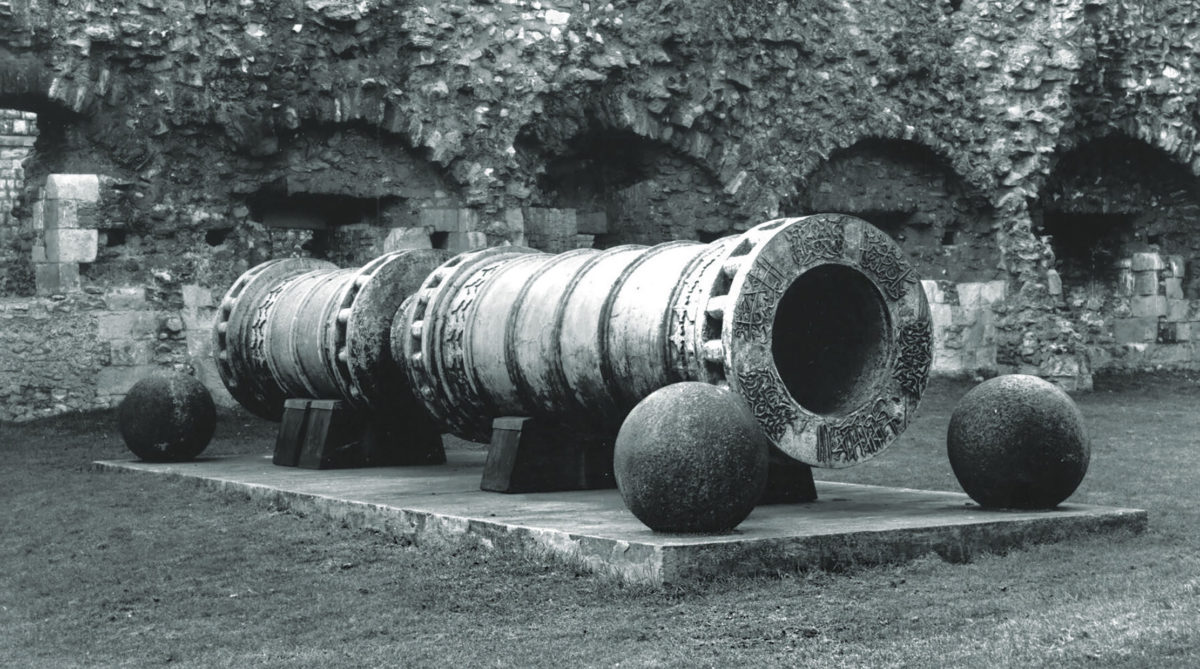The above Dardanelles Gun, a gargantuan cannon in its own right, was merely a tribute to the most famous piece of artillery of all time. 25 feet long and weighing over 35,000 lbs, the Basilica Gun would be better known by history as the “great bombard.” It and dozens of other enormous cannons, in one of the first artillery bombardments in history, crushed an empire and changed the nature of warfare forever.
In 1453, the Ottoman Turks under Mehmed II had conquered virtually all of Anatolia, present-day Turkey. The last vestige of the Eastern Roman Empire held out in the ancient city of Constantinople. Constantine XI’s weary defenders — approximately 8,000 — prepared to face an Islamic army roughly ten times their size. Nevertheless, they were confident: the legendary, monumental Walls of Theodosius had resisted many, many sieges in their thousand-year history. Why would Mehmed’s Turks be any different?
The previous year, a Hungarian engineer named Orban had offered his services to Emperor Constantine. The cash-strapped Byzantine Emperor snubbed him, unknowingly sending him right into the hands of their besieger. Mehmed, daunted by Constantinople’s defenses, eagerly hired Orban, who promised him a gun that could shatter “the very walls of Babylon itself.”
Orban’s bronze bombard required 200 men and 60 oxen simply to reach the gates of Constantinople, not to mention transporting cannonballs which could weigh up to a thousand pounds apiece, propelled by 50 pounds of gunpowder. The gun took three hours to cool between firings, and on several occasions the massive recoil broke its supports, crushing operators beneath it.
In truth, Mehmed’s mid-sized cannons proved more reliable. But when the smoke cleared, Constantinople’s seemingly invulnerable walls had fallen. The results spoke for themselves. As castles across Europe and Asia crumbled under the might of advancing gunpowder technology, the age of massive stone fortifications came to an end.
The Dardanelles Gun was made in 1464, modeled after the Basilica Gun, which cracked and burst during the weeks-long siege of Constantinople. It would remain in active service through the 19th Century, successfully repelling a British fleet approaching Istanbul in 1807. It was later given as a gift to Queen Victoria in 1866.
historynet magazines
Our 9 best-selling history titles feature in-depth storytelling and iconic imagery to engage and inform on the people, the wars, and the events that shaped America and the world.


